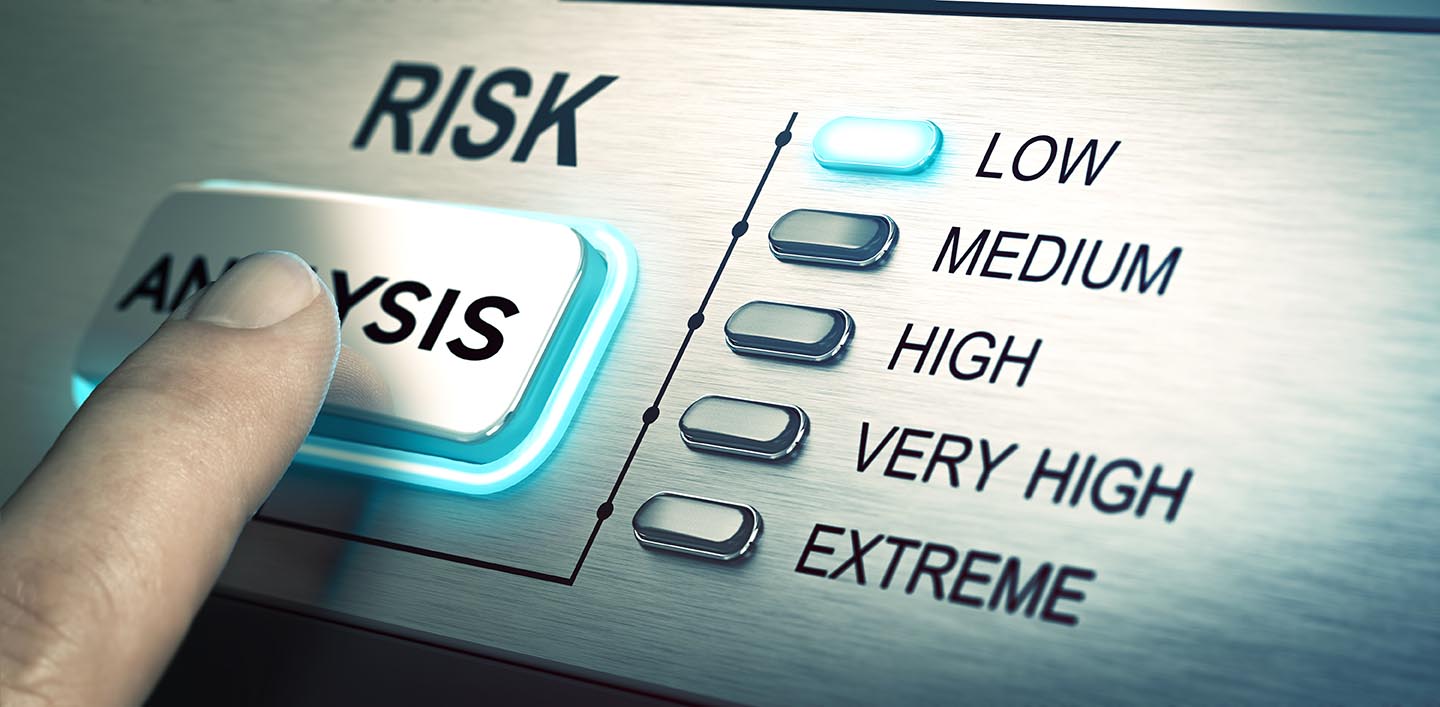In an unpredictable world where crises can strike at any moment, preparedness and effective response are vital for organizations of all sizes and industries. Creating a crisis simulation is not just an exercise in anticipation; it is a crucial part of risk management and crisis preparation. These exercises serve as invaluable tools for testing an organization’s readiness and ensuring that individuals at all levels are equipped with the skills and knowledge necessary to navigate turbulent times. From natural disasters to cyberattacks, management missteps to public safety concerns, the ability to respond swiftly and decisively is the linchpin of successful crisis management. Consider the following tips when developing a crisis simulation that will not only sharpen the responses of participants but also prepare your organization for the unforeseen challenges that lie ahead.
Set Clear Objectives
What skills, processes, or responses do you want participants to learn or improve? Clearly outline your goals and objectives to guide the design and execution of your simulation.
Identify Potential Scenarios
What are the most likely and impactful crisis scenarios you could face? This can include natural disasters, cyberattacks, management missteps, public safety issues, accidents of any kind, train derailments, hazardous waste spills, terrorist acts, hostage situations, or other potential criminal activity on your company’s premises. Tailor the scenarios to your industry and organizational environment.
Create Realistic Scenarios
Develop scenarios that closely resemble real-life situations. The more authentic the scenario, the more valuable the training will be. Include relevant details and inject unexpected developments to challenge participants and test their decision-making abilities. Examples should be comprehensive to anticipate anything and everything that could possible happen – that’s why you go through the exercise.
Design a Simulation Plan
Outline the structure, progression of events, and roles for specific participants. Decide whether the simulation will be conducted in real-time or as a tabletop exercise.
Involve External Experts
Bring in external experts or consultants who have experience in crisis management. Their perspectives can provide fresh insights and best practices.
Get Stakeholder Buy In
Make sure everyone from leadership down to the smallest emergency operations center staffer is involved and supports the plan, and on practicing it. It can set an important tone for how an organization handles crisis.
Involve Cross-Functional Teams
Crisis situations require collaboration among various departments. Involve representatives from various departments, including leadership, communications, legal, IT, and operations, to ensure a comprehensive and holistic approach.
Set Ground Rules
Define the rules and limitations of the simulation to create a controlled environment. Specify what actions are off-limits to avoid any unintended consequences.
Provide Preparatory Material
Distribute background information and resources to participants beforehand. This ensures participants are well-informed and helps them prepare for the simulation. Be sure to start each scenario with a brief description, as well, to make sure participants are clear about the details and how the simulation will proceed.
Use Various Communication Channels
Incorporate different communication tools like emails, phone calls, social media, and press releases to mimic the multiple channels that might be used during a crisis.
Time Constraints
Introduce time constraints to simulate the pressure and time-sensitive nature of crises. This helps participants practice making decisions under stress.
Maintain a Supportive Environment
Emphasize that the purpose of the simulation is to learn and improve, not to point fingers or assign blame. Foster a safe and open learning environment that encourages participants to share their experiences openly.
Debriefing Sessions
After each simulation, conduct thorough debriefing sessions. Discuss what went well, what could be improved, and the reasoning behind participants’ decisions.
Feedback and Reflection
Encourage participants to reflect on their performance and provide feedback on the simulation. This self-assessment can lead to valuable insights and improvements.
Measure Success
Establish key performance indicators (KPIs) to measure the success of the training. This could include response time, accuracy of communication, and overall teamwork.
Continuous Improvement
Use the insights gathered from each simulation to continually improve the crisis simulation training program. Regularly update scenarios and methodologies based on feedback and changing circumstances.
The primary goal of this training is to prepare your team to respond effectively during real crises. It is an ongoing process. Keep Practicing! A perfectly developed crisis simulation can only be effective if the people who are supposed to respond know what they are supposed to do. And it will be that much more effective if they have practiced it, ideally repeatedly.
Running these exercises regularly educates new employees and keeps veteran employees mindful of risks and ready to respond effectively. Review and update your scenarios to reflect emerging threats and changing dynamics.
Our team’s expertise ensures that your training is both practical and effective, providing hands-on experience in managing complex crises. We understand the importance of staying up to date with emerging threats and changing dynamics. Our exercises evolve with the evolving threat landscape, helping your team adapt and respond effectively. To enhance your organization’s crisis management capabilities, contact Novitas Communications today to prepare your team and stay ahead of potential crises.



